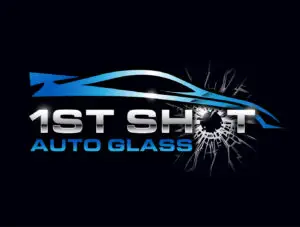Summertime windshield replacements in Mesa, Arizona
The intense heat of Arizona, especially in cities like Mesa, creates a unique challenge for auto glass durability. Auto glass, although designed to withstand various conditions, faces significant stress under high temperatures. Understanding why auto glass is particularly vulnerable in such climates is essential for vehicle owners.
Extreme Temperature Fluctuations
Arizona’s summer temperatures often soar above 100°F, placing extreme stress on auto glass. When parked under the scorching sun, the glass can heat up quickly, reaching temperatures much higher than the ambient air. Conversely, sudden cooling from air conditioning or even cold rain can cause rapid temperature changes. This fluctuation leads to thermal stress, increasing the likelihood of cracks and chips, particularly in pre-existing minor damage.
Expansion and Contraction
All materials expand when heated and contract when cooled, and auto glass is no exception. The repeated cycle of heating during the day and cooling at night causes the glass to constantly expand and contract. Over time, this can weaken the glass structure, making it more susceptible to damage from minor impacts. Even small pebbles on the road can cause significant damage if the glass is already compromised by thermal stress.
UV Radiation
The sun’s ultraviolet (UV) radiation is another factor contributing to auto glass vulnerability. Prolonged exposure to UV rays can degrade the integrity of the laminated layers in windshields, causing them to become brittle. This brittleness can lead to easier cracking and splintering upon impact. Additionally, UV rays can weaken the adhesives that bond the glass to the frame, compromising the overall structural integrity of the windshield.
Preventive Measures
To mitigate the risks associated with Arizona’s heat, vehicle owners can take several preventive measures. Parking in shaded areas or using sunshades can significantly reduce the internal temperature of the vehicle and the auto glass. Regular inspections for minor chips or cracks, followed by prompt repairs, can prevent small issues from becoming major problems. Using high-quality window films can also block a significant portion of UV rays, protecting both the glass and the vehicle’s interior.
Conclusion
Auto glass in Arizona faces unique challenges due to the state’s extreme heat and UV radiation. Understanding these vulnerabilities helps vehicle owners take proactive steps to protect their windshields and windows. By adopting preventive measures, one can enhance the longevity and durability of auto glass, ensuring safety and clarity on the road.

